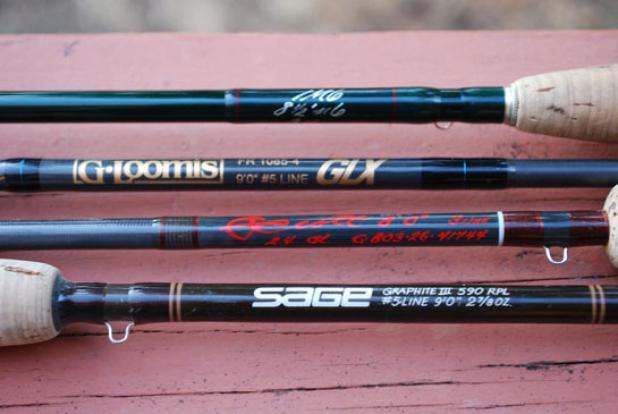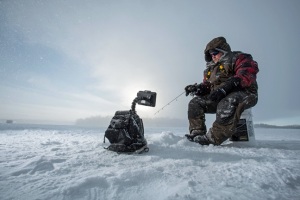Blocking homeplate
Question
In our game tonight (7-8 year old fast pitch) we had several collisions at
home plate. When a long ball was hit to the outfield, the pitcher
automatically would go to home plate and stand beside the catcher who was
basically on home plate. The pitcher was standing horizontal to the catcher
but slightly up third base line. When a runner from our team ran in to home
plate standing up there was no way to get past two people to the plate. Our
runner was basically knocked on her bottom/back. The runner was called
out. Later in the same game the pitcher did the same thing and when our
runner came home she was called out for "throwing an elbow." The was
trying to get through two players to home plate and was merely in the
process of running. My question is can two people cover home plate with one
standing a little up third base line. I have always seen catchers back up the
catcher by getting behind her or covering the plate when the pitcher was out
of position. Our players would have been glad to slide in, but they would
have never made it through two defenders with one standing up third base
line. The umpire said that it was not obstruction because no contact was
made. Well, someone landing on their one back which resulted in being
called out seems like contact to me. I did not think that two players could
cover a base, especially if one is on the baseline and the other one is
obviously in baseline. What do you think?
Answer
Dona,
What you describe seems so far-fetched it could almost be made up. I am sure it is not but it is pretty far out there.
First off there is nothing in the rules that says the pitcher can't stand next to the cather in this situation. Where the defensive players can be changes as the runner approaches as long as the ball had not made it to home plate yet. I will base my comments on your situation assuming the ball has not made it to home plate and there is no actual play on the runner.
When the defensive player does not have the ball she must give full access to all of the plate to the runner. At no time can any defensive player force the runner to change their course to the base they are going to if they don't have the ball. The only exception to this is if an infielder is making an initial play on a ball, then it is up to the runner to avoid the defensive player.
Obstruction DOES NOT require contact. It only requires that the runner change their path to the base based on the position of the defensive player (without the ball). The rules are written so that the runner can avoid contact and not be called out.
If the catcher in your situation does have the ball, then she can be anywhere she wants. The pitcher must stay out of the runners way.
I hope this clears things up for you.
Tom
scoring / calculation
double first base appeal - follow up to 4/18


